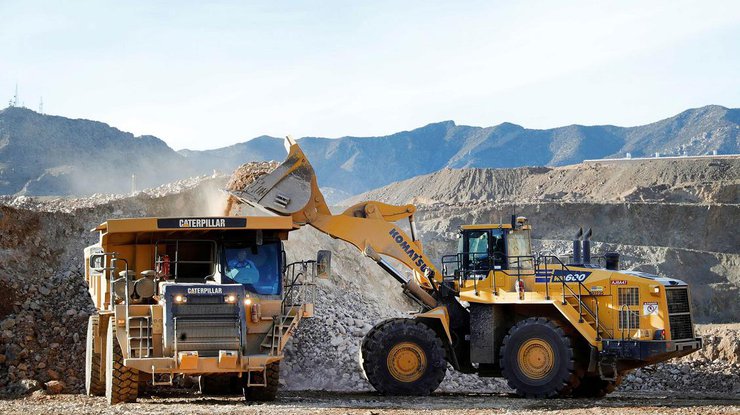
"Ukraine does not possess any reserves of rare earth elements that Donald Trump is so keen on," asserts mineral expert Javier Blas in a column for Bloomberg.
The situation with Ukraine is not the first such misunderstanding by the U.S. In 2010, it was announced that mineral reserves were found in Afghanistan, including lithium, with an estimated value of $1 trillion. This data turned out to be incorrect.
As for Ukraine, Blas writes, it concerns rare elements. Moreover, as indicated by the U.S. Geological Survey, Ukraine is not even on the list of countries with any noteworthy reserves of these elements.
What Ukraine has is scorched earth. What it lacks are rare earth elements.
The expert adds that Ukraine only has "small mines for scandium extraction."
Read also
Ukrainian deposits of rare earth metals: the Ministry of Economy explains why Trump is so interested
According to Blas, the misunderstanding regarding rare elements began due to statements from official Kyiv.
In a desperate attempt to win Trump over, they made a mistake by presenting a "victory plan" last November, consistently exaggerating their country's potential regarding mineral resources. Soon, they lost control of this narrative.
In early February, Donald Trump claimed that Ukraine has vast reserves of rare earth elements and later proposed a deal: assistance in exchange for rare earth elements. The amount mentioned was $500 billion.
However, the expert states that the problem is that globally, nearly $15 billion worth of such elements is mined annually.
Read also
The U.S. linked the deployment of troops to Ukraine with access to rare earth metals — NBC News
Rare earth elements (REE) are a group of 17 metals, including 15 lanthanides, as well as scandium and yttrium.
The U.S. Geological Survey considers 50 minerals critical to the economy and national security. The list includes manganese, lithium, titanium, nickel, graphite, beryllium, and others.
Ukraine is a key supplier of rare earth metals, including titanium, lithium, beryllium, manganese, gallium, uranium, zirconium, graphite, apatite, fluorite, and nickel. It has significant reserves of non-ferrous metals — copper (fourth in Europe), lead (fifth), zinc (sixth), and silver (ninth).
Nickel (215,000 tons) and cobalt (8,800 tons) deposits are located in the Kirovohrad and Dnipropetrovsk regions. Graphite reserves account for 20% of the world's total.
Ukraine holds the largest titanium reserves in Europe (7% of the global total), and prior to Russia's armed invasion, it was the main supplier of titanium for the military sector, according to the World Economic Forum.
Titanium ores are extremely important for the aerospace, medical, automotive, and marine industries, and around 500,000 tons of lithium reserves are needed for battery production.